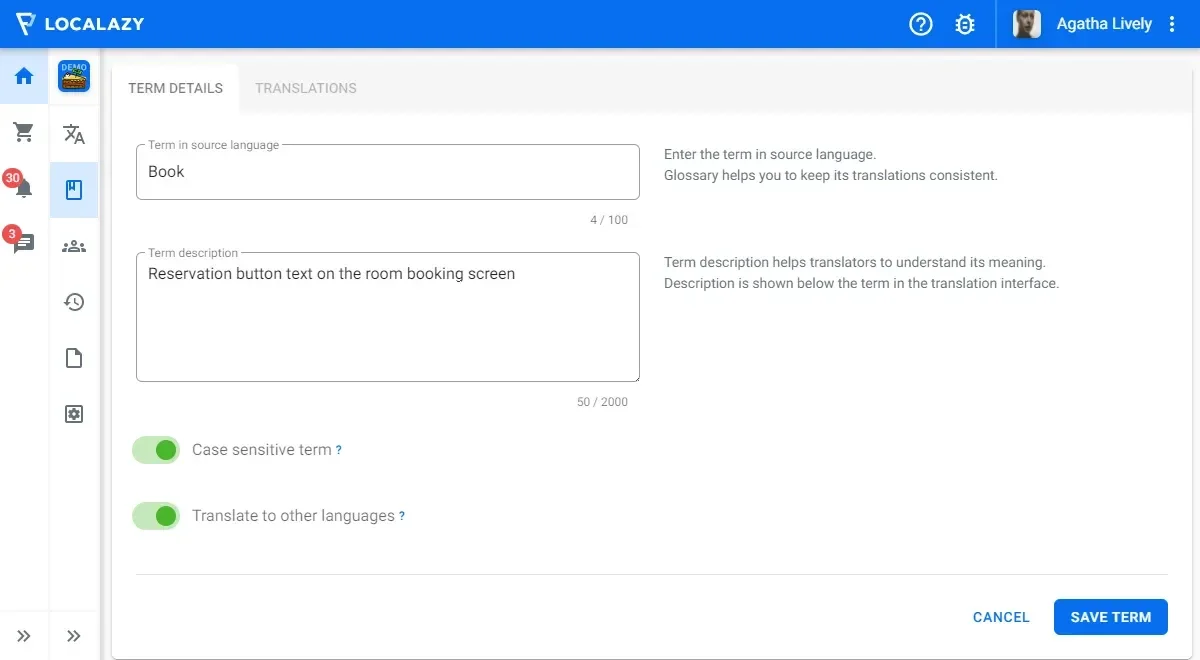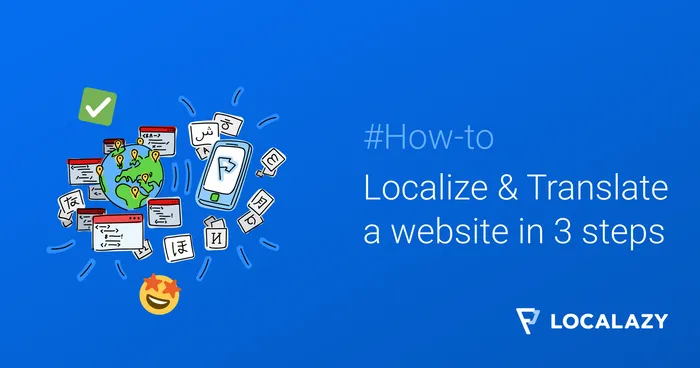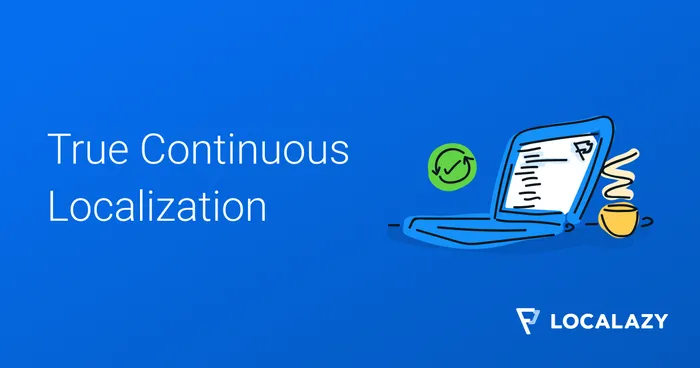Do you serve an international customer base? Then, having excellent microcopy and UX writing won’t be enough to maximize the value of your digital products. If you truly want to win their hearts and turn them into loyal clients, you’ll need to localize your products to their languages.
However, UX localization and translation come with their own problems. In this article, we’re trying to shed light on some of the most common issues and what can be done to fix them.
❌ Top 9 UX writing translation mistakes 🔗
The UX writers did a great job. But are you still waiting for the kinds of traction you would want for your business? 🔍 Check out if your company is making any of these UX writing translation mistakes.
1. Uncreative translations 🔗
If you’re targeting multiple locations for your business, it’s essential to have creative translations. By putting a creative spin on your translations, not only do you make them more engaging and more vivid, but also more compelling. For this, we have to seek cultural elements that need to be adapted to the target language.
Even if a piece of text reads well, it doesn’t guarantee user engagement if you do not consider their cultural and unique market needs. Adapting your translations to particular cultures requires creativity, because you have to convey the respective concept or idea in the target language rather than translating the exact words.
2. Ignoring conversion aspects 🔗
Another common problem businesses face regarding UX translation is incorrect conversions. While translating content from one language to another you will have to convert product and service details as well. You should be careful of running into mistakes such as:
- 🎲 Incorrect decimal symbols
- 🗓️ Improper date & time format
- 💱 Incorrect currency positioning, etc.
Even though the general message will be understandable, you’ll create a confusing user experience, showing carelessness and perhaps discouraging them from buying. To avoid such problems, make sure these details are converted properly.

3. Ignoring SEO 🔗
Respecting the SEO principles while translating your web assets not only helps you rank higher on Google but also creates a smooth user experience. Don’t leave out SEO principles when localizing or translating your website. Consider:
- ✅ Optimizing with short-tail and long-tail keywords
- 🔗 Adding proper hyperlinks and explanatory pictures
- *️⃣ Formatting information into bulleted lists, short sentences, etc.
Translating and SEO-optimizing your texts with the right keywords will help you rank high on Google while improving user experience. 📈 The use of short and clear sentences, bullet points, and explanatory visuals, while favoring you in SERPs, also makes your message easier to understand.
4. Not adding country-specific info 🔗
A well-translated UX includes more than a verbally and culturally accurate adaptation of your original content. You must consider the accuracy of the information you provide to your user per their location.
For example, you have a business in China, but now you want to expand to Europe and America. Then, the shipping costs and time to deliver your products to the other countries will have to change accordingly.
There will be:
- 💸 Additional shipping fees,
- 📦 different shipping times,
- ⚖️ and perhaps legal implications.
The buyer will expect to see these details in your UX copy, and if they don’t, they could change their mind about buying. You must mention such charges on your site to assure your European and American customers about the additional costs.
No one likes going to the checkout page only to find the extra charges added to the bill. 😩 So, try to be inclusive regarding country-specific information. You can create an excellent UX for all your customers if you pay proper attention to such details.
5. Not maintaining context in translation 🔗
It’s important that you have a complete understanding of all the content to properly translate it. However, translators are often left with little to no context and they have to fill the blanks themselves, which hurts the accuracy of the translated content.
When we talk about context, we are talking about details like:
- Your brand’s voice
- Position of the headings
- Your end goal from the copy
- Information about the end user/target customer
- The message that you want to convey to your buyer
The more context you have, the higher the quality of your UX translations.

6. Not using consistent terminology 🔗
The terms you use consistently will form your brand's image, which is how your customers will perceive it. Finding the proper terminology for various features and screens occasionally takes time. However, consistent terminology is crucial for users to recognize and relate to your products.
In localization, each string will be modified by more than one person. Even if you maintain your glossary list up to date, your localization team may not always make use of it. You must check for consistent terminology for the final copy.
When using Localazy, our built-in translation glossary makes this easier.
7. Covering huge workloads in a short amount of time 🔗
It is common for businesses to want a lot of work done in a short amount of time because they want to launch new features and updates quickly. But quantity and quality rarely come together. That’s why you need to set realistic deadlines for translating and localizing UX texts.
If you don’t, you might pay a lot more money and time to fix things. The key is to take things slowly and smoothly here and have multiple people work synchronously with each other. 🤝 For instance, use smart localization software that allows multiple translators to see each other’s work and avoid confusion.
8. Not integrating with other tools 🔗
Effective localization depends on cooperation across teams and tools. Most modern localization solutions include some degree of stack integration, allowing users to pull source text and return it with the translated versions. This adds to the efficiency of the process because it saves time from doing manual work.
When you are not required to load files manually, you significantly reduce the human error that usually happens in this procedure as well. Additionally, it is much simpler to maintain files in a dynamic, continually updated environment because it becomes apparent which file has been synchronized most recently.
You can use Localazy to streamline the integration process.

9. Not maintaining high-quality standards 🔗
When you are working to complete large amounts of work fast, it is hard to maintain high-quality standards because at least 10% of the content will have some issues. Your time is limited and you’ll be unable to double-check and correct everything.
That’s when quality assurance tools come into play. 🕵️♀️ They examine the translated content and highlight prominent issues based on predefined rules. The most basic issues they can easily identify might involve problems like:
- Typos,
- double spaces,
- incorrect punctuation,
- strings exceeding the character count, etc.
While there could be other translation issues impacting the translation quality, being able to quickly identify some of them through QA tools makes their resolution faster.
💭 Final thoughts 🔗
There’s no easy answer to UX translation problems. The only way to solve these problems is to stay clear about your localization goals and refine your workflows. 🎯 Once you have a clear view of your goals, assemble a team and search for localization tools that suit your needs.
You can check out the services provided by our five-star localization software to assist with your translation problems. We offer a wide array of features to help you translate, localize, and add multilingual versions of your digital products. Feel free to try them out, and don't hesitate on contacting our support team if you need to clear up any questions.




